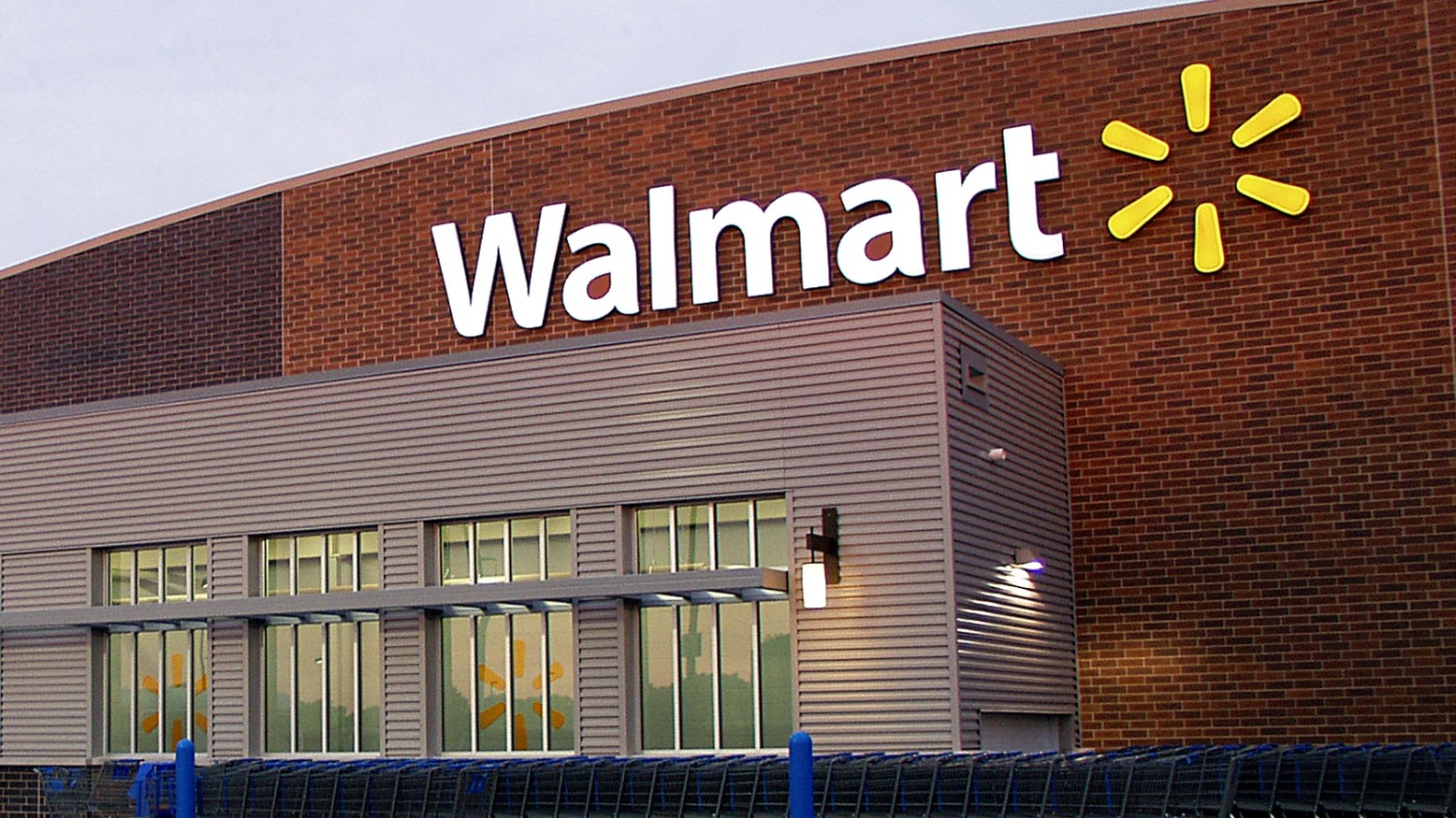Amid a challenging economic climate, where businesses from McDonald’s to Home Depot are grappling to attract financially strapped shoppers, Walmart is witnessing significant growth. The retail giant’s strategy of offering low-priced groceries, essentials, and merchandise is drawing in cost-conscious consumers.
On Thursday, Walmart reported a 3.8% increase in sales at stores open for at least a year during the latest quarter compared to the same period last year. Reflecting its optimistic outlook, the company also raised its sales and profit guidance for the year, indicating expectations of continued growth.
As the largest retailer in the United States, Walmart leverages its immense size and purchasing power to maintain lower prices than its competitors, even amidst the inflation surge post-pandemic. Retail analysts highlight this as a key factor behind Walmart’s robust performance.
Groceries, which comprise more than half of Walmart’s sales, are a crucial component of its strategy. Analysts at Evercore IRI note that Walmart’s grocery prices are approximately 25% lower than those of traditional supermarkets, giving it a competitive edge. This pricing advantage has been instrumental in attracting shoppers across various income levels.
Traditionally, Walmart’s customer base has been predominantly low and middle-income shoppers. However, the company has recently seen an increase in customers earning more than $100,000 annually. The latest quarter’s growth was “primarily driven by upper-income households,” according to Walmart.
In addition to its in-store success, Walmart is making significant strides in the digital arena. Its online sales, encompassing in-store pickup and delivery services, surged by 22% last quarter. This growth in digital sales underscores Walmart’s adaptability in meeting evolving consumer preferences.
Neil Saunders, an analyst at GlobalData Retail, pointed out in a note to clients that the high cost of food continues to be a concern for many Americans. “Most Americans remain uncomfortable with food prices and are still actively looking for ways to keep their spending in check,” Saunders wrote. This sentiment has played to Walmart’s advantage, allowing the chain to attract new customers continually.
In contrast, other retail segments are facing difficulties. Department stores, home improvement retailers, and fast food chains have reported declines as budget-conscious consumers cut back on spending. Retail sales overall have been slipping in recent months.
Home Depot, for instance, reported a 2.8% drop in sales at stores open for at least one year last quarter. McDonald’s also noted a decline in patronage among lower-income Americans, who are opting to cook at home instead of dining out. “It’s a challenging consumer environment,” stated Ian Borden, McDonald’s CFO, citing factors such as inflation, higher interest rates, and dwindling savings that are impacting consumer behavior. Walmart’s ability to attract a diverse customer base by offering low prices and expanding its digital footprint positions it favorably in the current economic landscape. As other retailers struggle to navigate the financial pressures faced by consumers, Walmart’s strategic focus on affordability and convenience continues to drive its growth.









